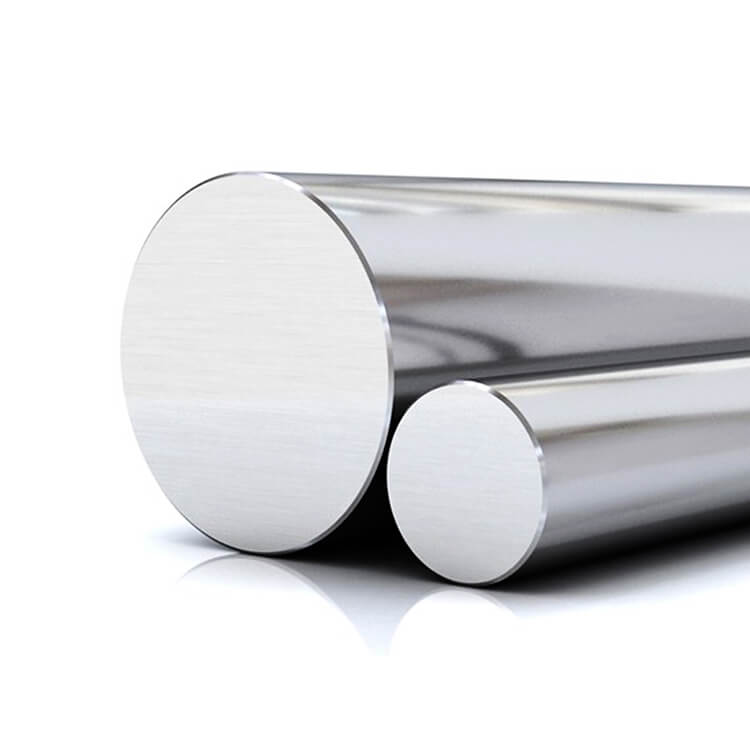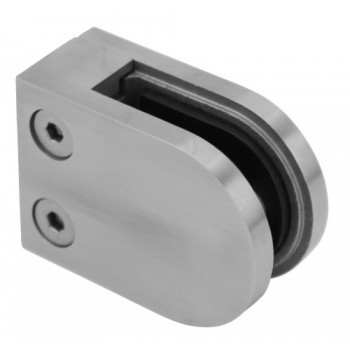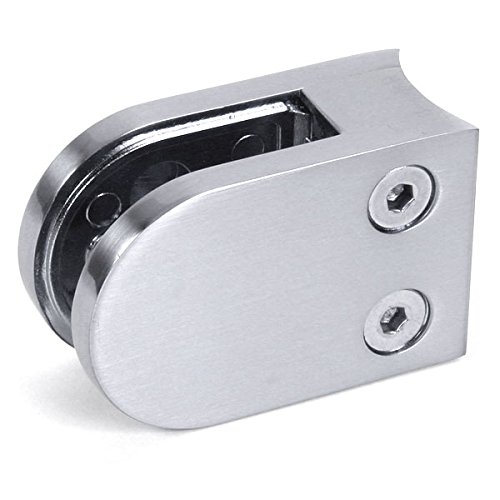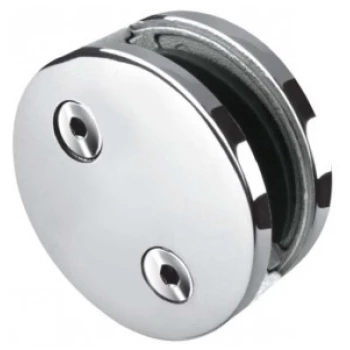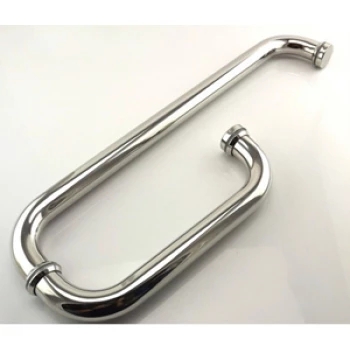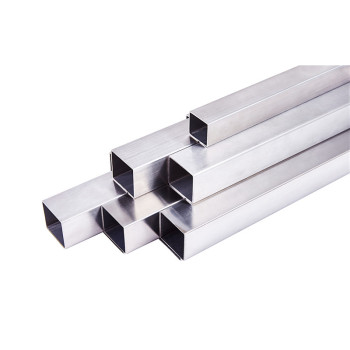200 Series of Stainless Steels
The 200 series is a class of austenitic and highly corrosion-resistant stainless steels that are characterized by having low nickel content. They're also referred to as chrome-manganese (CrMn) stainless steel.
Austenitic steels include both the 200 and 300 series. They're defined by their face-centered cubic structure. The crystal structure has one atom at each corner of the cube, and one in the middle of each face. This is different from ferritic steels, which are characterized by a body-centered cubic structure.
Production of 200 Series Stainless Steels
Nickel is the most commonly used element to produce this crystal structure, but a post-World War II nickel shortage led to the substitution of nitrogen for nickel in the production of some austenitic corrosion-resistant steels. The 200 series of stainless steels were born.
Nitrogen alloyed in steel will also form a face-centered cubic structure, but it results in harmful chromium nitrides and it increases gas porosity. The addition of manganese allows more nitrogen to be safely added, but nickel can't be completely removed from the alloy. The 200 series stainless steels are consequently characterized by their nitrogen and manganese content.
Production and demand for low-nickel stainless steels surged in the 1980s as nickel prices soared and, again, efforts were made to reduce the use of the metal. This led to the development of a huge production increase in India. Asia is now a major source for, and consumer of, this family of steels.
Characteristics of the 200 Series of Stainless Steels
Although it's corrosion-resistant, the 200 series has a lesser ability than the 300 series to protect against pitting corrosion. This occurs in environments that have high moisture and chlorine contents. The 200 series also have a lesser ability to protect against crevice corrosion, which results in stagnant liquid and high acid environments. The chromium content must also be reduced in order to decrease the nickel content, thereby lowering corrosion resistance.
Series 200 stainless steels have excellent impact resistance and toughness, however, even in low and cryogenic temperatures. They're generally harder and stronger than 300 series steels, primarily due to their higher nitrogen content which acts as a strengthener. Neither the 200 and 300 series of stainless steels are magnetic because they're austenitic.
Austenitic steels are more expensive than their ferritic counterparts, but the 200 series is cheaper to produce than 300 series steels because of its lower nickel content.
The 200 series steels suffer from lower formability and ductility than 300 series grades, but this can be improved with the addition of copper.
Applications for 200 Series Stainless Steels
The range of applications for 200 series stainless steels is narrower than that of 300 series steels due to its lower corrosion resistance. It's not recommended for use in chemical environments, but it's found its way into many household items. Some applications for 200 series stainless steel include:
- Dishwashers and washing machines
- Cutlery and cookware
- In-house water tanks
- Indoor and noncritical outdoor architecture
- Food and beverage equipment
- Automobiles (structural)
- Automobiles (decorative)
Grade Chemical Composition
| AISI | UNS | Cr | Ni | Mn | N | Cu |
| 304 | S30400 | 18.0-20.0 | 8.0-10.5 | 2.0 max. | 0.10 max. | - |
| 201 | S20100 | 16.0-18.0 | 3.5-5.5 | 5.5-7.5 | 0.25 max. | - |
| 202 | S20200 | 17.0-19.0 | 4.0-6.0 | 7.5-10.0 | 0.25 max. | - |
| 204 Cu | S20430 | 15.5-17.5 | 1.5-3.5 | 6.5-9.0 | 0.05-0.25 | 2.0-4.0 |
| 205 | S20500 | 16.5-18.0 | 1.0-1.75 | 14.0-15.5 | 0.32-0.40 | - |

